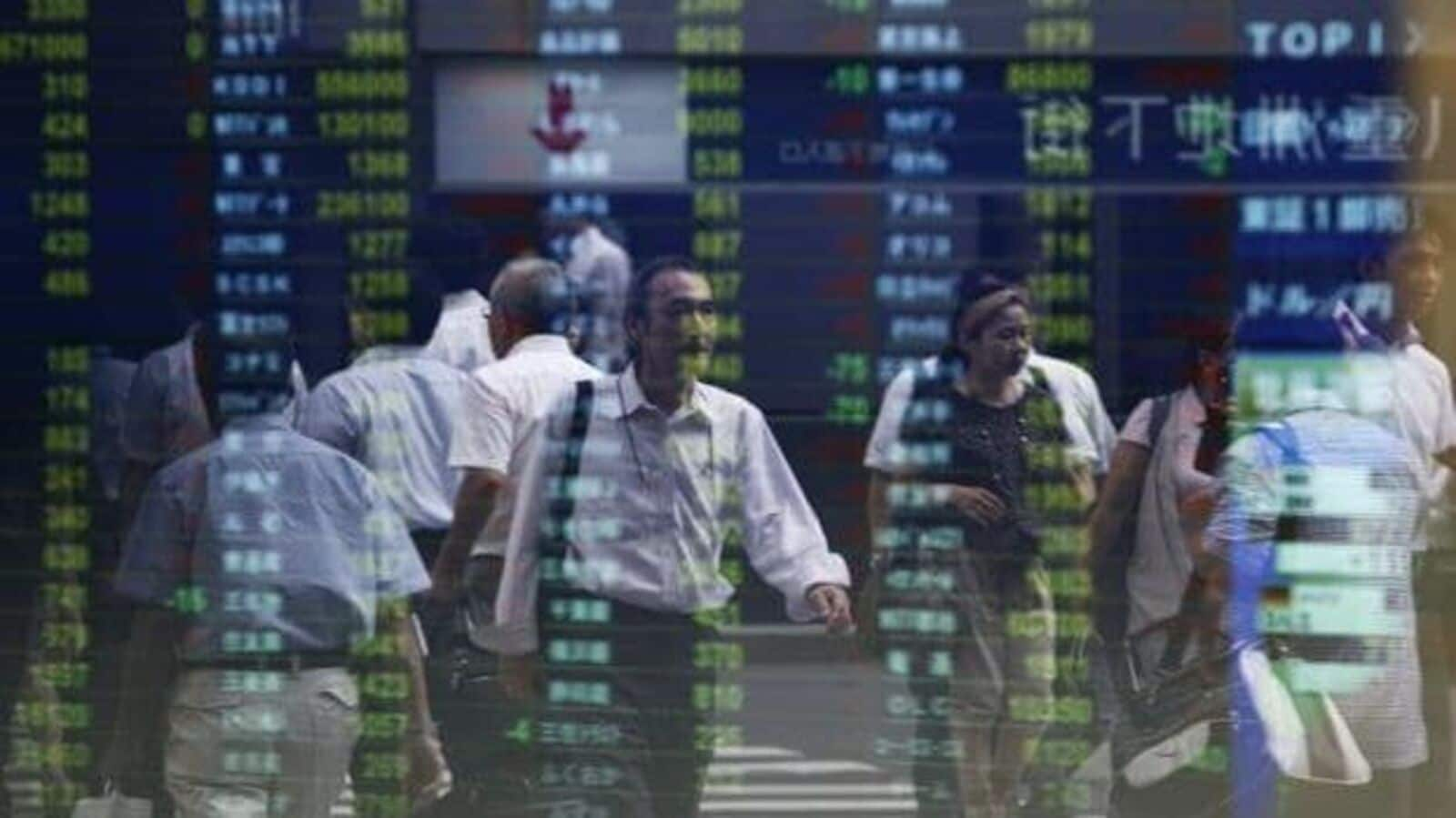Overview of the Indian Stock Market Movements
The Indian stock market is set to open on a cautious note, with both the Sensex and Nifty 50 indices projected to decline, reflecting a broader volatility as global markets exhibit mixed signals. Following a sharp decline exceeding 2% in the previous session, investor sentiment remains jittery amid ongoing geopolitical tensions in the Middle East, particularly concerning the escalating Israel-Iran conflict.
Global Market Influences
Asian markets displayed a mixed performance on Friday as they reacted to the substantial losses experienced on Wall Street overnight. The U.S. stock market concluded lower, with investors adopting a cautious approach due to fears surrounding the conflict in the Middle East. This cautious sentiment has spilled over into the Indian market, impacting trading strategies.
Market Performance Recap
In the last trading session, the Indian stock market plunged significantly, marking the most substantial intraday drop seen in two months. The Sensex plummeted by 1,769.19 points, or 2.10%, finishing at 82,497.10. Meanwhile, the Nifty 50 experienced a decline of 546.80 points, or 2.12%, closing at 25,250.10. This downturn was primarily influenced by global concerns over rising Brent crude prices and the prospect of foreign institutional investors (FIIs) reallocating their investments from India to more stable markets like China.
Expert Insights
According to Siddhartha Khemka, Head of Research at Wealth Management firm Motilal Oswal Financial Services Ltd., “The market is expected to experience heightened volatility in the short term. As companies begin to release pre-quarterly updates, specific stocks may see increased trading activity.” This sentiment highlights the importance of stock-specific analysis in navigating an unpredictable market landscape.
Key Global Market Cues
Asian Market Trends
The Asian markets’ mixed responses included slight gains in Japan, where the Nikkei 225 increased by 0.34%, and the Topix climbing 0.41%. In contrast, the South Korean indices saw modest advancements with the Kospi up 0.19% and Kosdaq rallying 0.74%. However, Hong Kong’s Hang Seng index suggested a lower opening, reflecting the overall caution in the region. Notably, mainland China markets remain closed until October 8, limiting trading activities in that segment.
US Market Analysis
On the U.S. front, the stock market recorded losses on Thursday as worries over the situation in the Middle East persisted. The Dow Jones Industrial Average fell by 184.93 points (0.44%) to close at 42,011.59, and the S&P 500 dropped by 9.58 points (0.17%) to finish at 5,699.96. The tech-heavy Nasdaq Composite erased 6.65 points (0.04%), closing at 17,918.48. Additionally, the Cboe Volatility Index, which measures market risk and investor sentiment, rose to 20.49, the highest closing level since September 6, indicating increased apprehension among traders.
Market Sentiment Towards Oil and Economic Indicators
Oil Price Movements
Crude oil prices are responding to the mounting unrest, with Brent crude futures rising by 0.12% to $77.71 a barrel, and U.S. West Texas Intermediate follows suit with a 0.11% increase to $73.79 a barrel. Both benchmark prices appear to be on track for an 8% weekly gain, driven by concerns over potential disruptions in crude supply due to the ongoing conflict.
US Economic Data
Recent U.S. economic indicators show a slight uptick in jobless claims, with initial filings for unemployment benefits increasing by 6,000 to a total of 225,000 for the week ending September 28. Conversely, the services sector experienced a growth surge, with the Institute for Supply Management (ISM) reporting a rise in the non-manufacturing Purchasing Managers’ Index (PMI) to 54.9 in September, up from 51.5 in August, exceeding economists’ predictions.
Foreign Institutional Investments
Data reveals that on Thursday, FIIs net sold Indian shares worth ₹15,243.27 crore, indicating a potential shift in investment strategies amidst rising geopolitical tensions. Meanwhile, Domestic Institutional Investors (DIIs) showcased stronger confidence by net purchasing ₹12,913.96 crore in shares, suggesting a contrasting outlook between local and foreign investors.
Conclusion
With a complex interplay of global influences and local market reactions, investors are advised to maintain vigilance and consider both macroeconomic factors and stock-specific news to navigate the forthcoming volatility in the Indian stock market.












